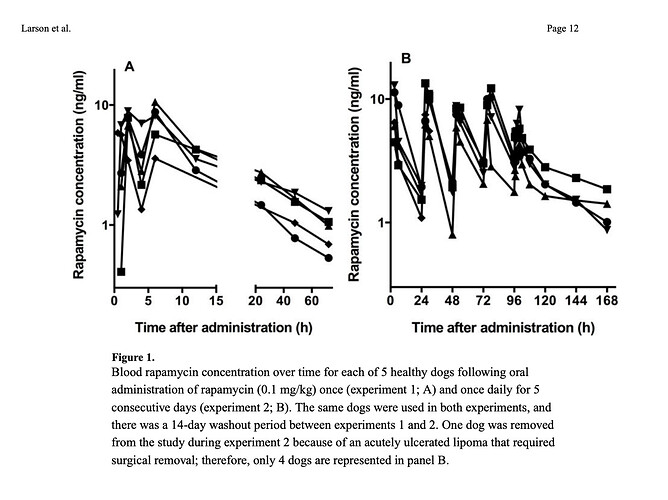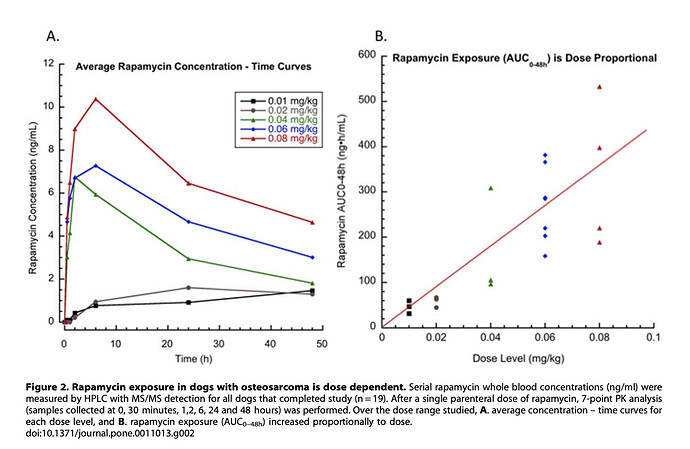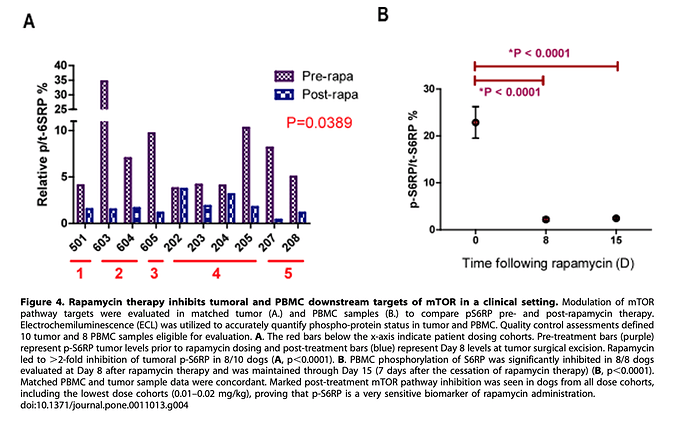Many folks these days seem to be increasing the dosage and duration between doses to get a high peak blood concentration of rapamycin which could then cross the blood-brain barrier, etc. I’m not sure if this has been well studied, but let’s assume this is true. Rapamycin is hypothesized to have various benefits for the brain that are being investigated – e.g. prevention of Alzheimer’s, vascular benefits in the brain, etc.
Now, what are potential downsides of high or frequent rapamycin administration w.r.t the brain? It seems like most side-effects people focus on tend to be related to the immune system, to glucose sensitivity, or concerns about muscle-wasting (though anecdotal and scientific reports seem to disagree about this).
Barring these, are there any neural side effects one may want to keep an eye on? This barely seems to be discussed. Would frequent high doses or mTORC2 inhibition be a cause for concern? I can imagine that persistent mtor downregulation can cause depression (even though it helps make ketamine work better). Apart from this, is it all fine and dandy w.r.t the brain, with only the other side effects being something to be concerned about in adults? I have doubts that this would be the case.


